


Energy Booster Bolus
Scientifically proven reducing risk of ketosis in dairy cows!
Two parts of a bolus with different disintegration times
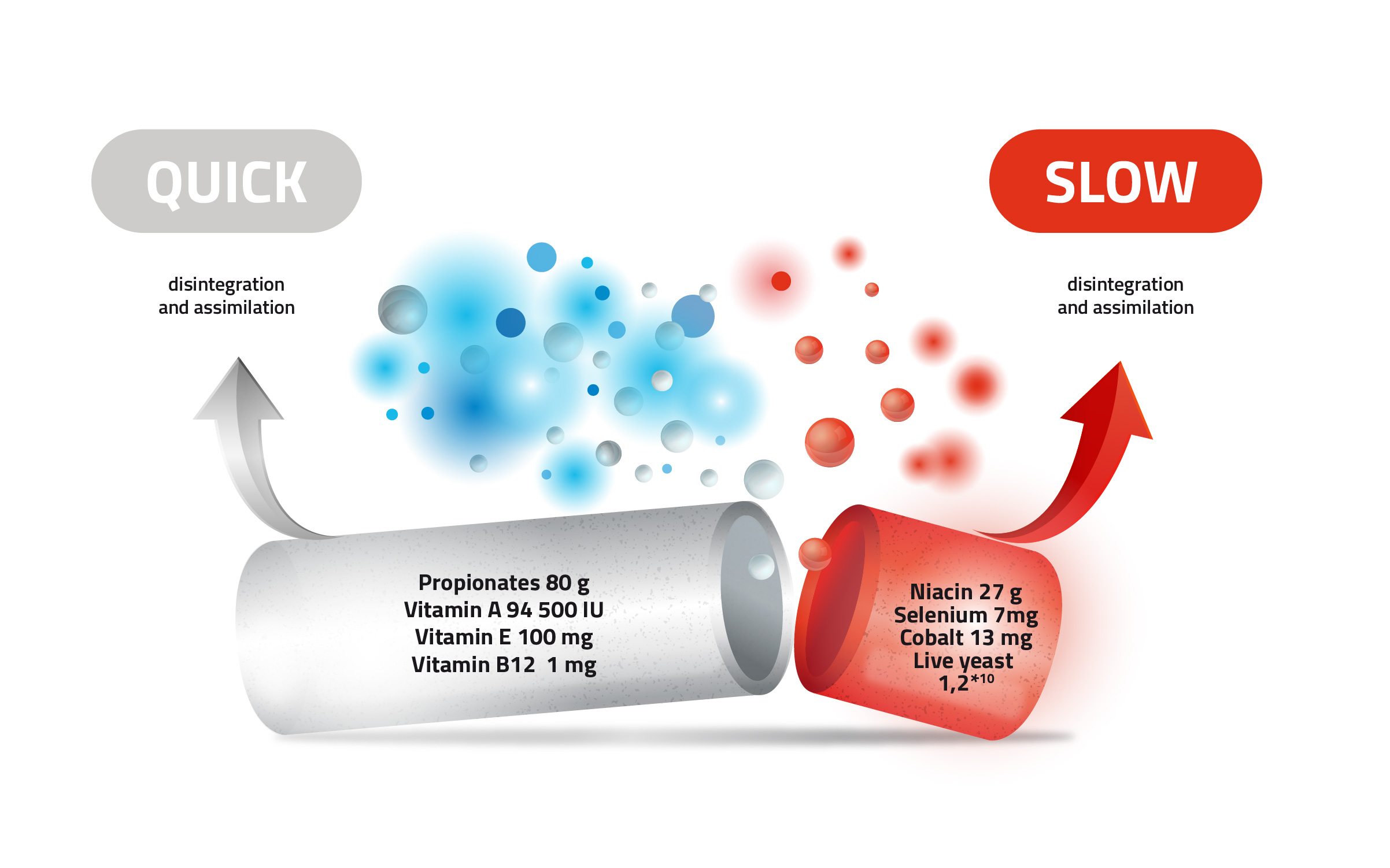
Bolus properties
BOLUS TECHNOLOGY
Two parts bolus
100% digestible ingredients.
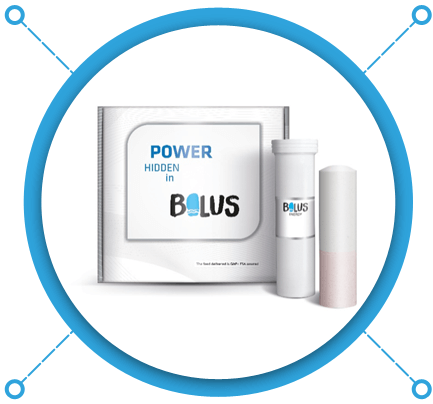
PHYSICAL PROPERTIES
Weight 135 g,
height 125 mm,
Ø 33 mm.
CHEMICAL PROPERTIES
Glucogenic sources:
sodium propionate
and calcium propionate.
PACKAGING
Each bolus secured in plastic tube. Four boluses in single box.
Bolus composition
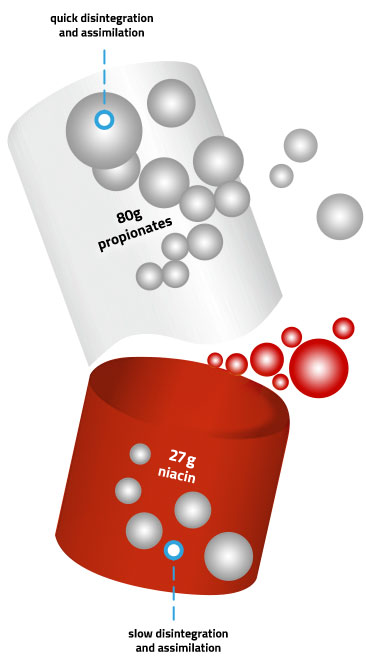
PROPIONATE
Propionates as glucogenic sources are effectively absorbed from the rumen and converted to glucose.
NIACIN
Niacin plays important role in synthesis of L-carnitine, without which free fatty acids cannot be transported throw the mitochondrial membrane. Oxidation of free fatty acids takes place in mitochondrion, thus deficit of transporter provides to accumulation of fat in the liver.
VITAMIN A, E AND SELENIUM
These antioxidants reduce oxidative stress which occurs due to intensive oxidation of free fatty acids excessively released from adipose tissue at the start of lactation. They protect liver’s and immune cells from harmful effect of free radicals.
COBALT
Cobalt is important for developing bacteria flora in the rumen, it is also essential component for vitamin B 12 synthesis. Conversion of propionates to glucose cannot occur with Vit. B 12 deficiency.
LIVE YEAST
Bolus inoculates Saccharomyces cerevisiae into the rumen which have a beneficial influence on ruminal microflora and gastrointestinal tract health.
The risk of ketosis is a significant
problem in dary cow farmin
The transition from gestation to lactation dramatically increases requirements for energy and glucose in dairy cows. Simultaneously, feed intake is often depressed. This resulting in negative energy balance, which coincides with the frequency of ketosis. About 43 % of fresh cows have a subclinical ketosis, and 3 % have a clinical form.
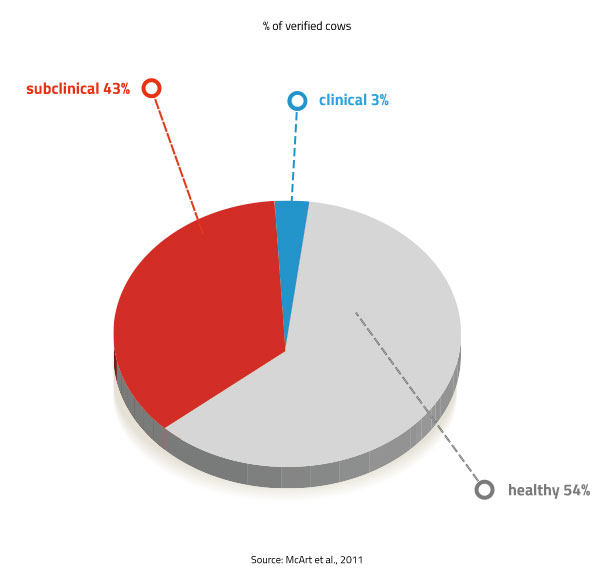
The consequences of subclinical ketosis
Subclinical ketosis
– BHB blood levels 1,2 – 2,9 mmol/L
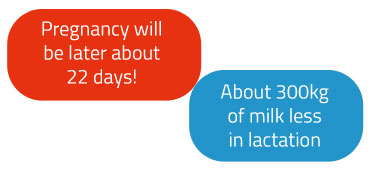
Increased risk of:
– Metritis
– Mastitis
– Lameness
– Displaced abomasum
– SARA
Reduced fertility
Reduced milk yield
Incrased likelihood of early culling
Mode of action

Proven effectiveness of Energy Booster Bolus
The effectiveness of product Energy Booster Bolus was confirmed by Przemysław Sobiech, Prof., Ph.D, Department of Internal Medicine with Clinic Faculty of Veterinary Medicine UWM Olsztyn in experiment conducted on 12 clinically healthy H-F dairy cows in the second pregnancy. All animals used in the experiment 10 days before labour showed a BCS degree above 4 (indicating their adiposity) and a serum content of betahydroxybutyrate (BHB) above 0.6 mmol/l (indicating the risk of subclinical or clinical ketosis after delivery). The animals were divided into two groups – the research group consisted of 6 cows, to which on the day of delivery and 12 hours after delivery an energy bolus was applied, while the control group consisted of cows without such supplementation. All animals were maintained under the same environmental conditions and received the same feed.
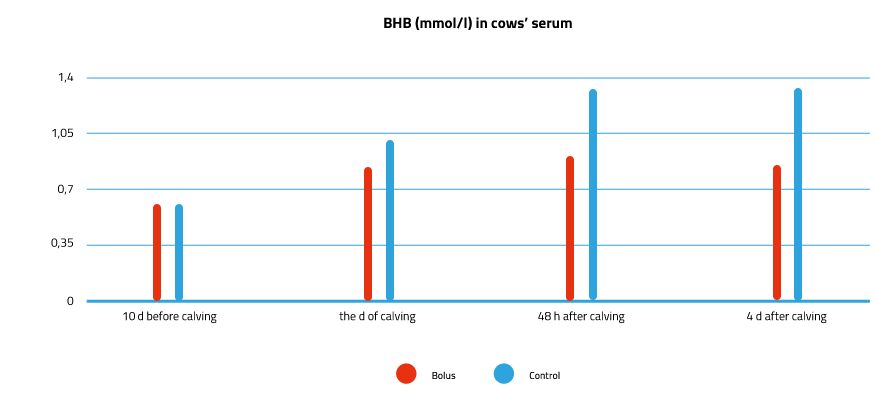
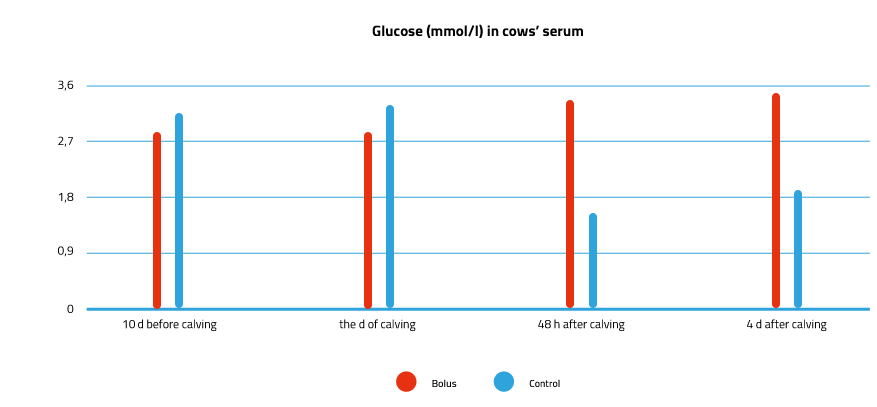
CONSPECTUS
- Bolus Energy Plus produced by JFARM is a reasonable and very effective product supporting therapy and prevention of diseases of the transitional period: ketosis and fatty liver disease associated with negative energy balance.
- The use of Bolus Energy Plus of JFARM also has a positive effect on the improvement of the immune status and fertility in dairy cows. Thus, increases profitability cattle production and reduces losses due to a decrease in milk production, culling, metabolic diseases.
